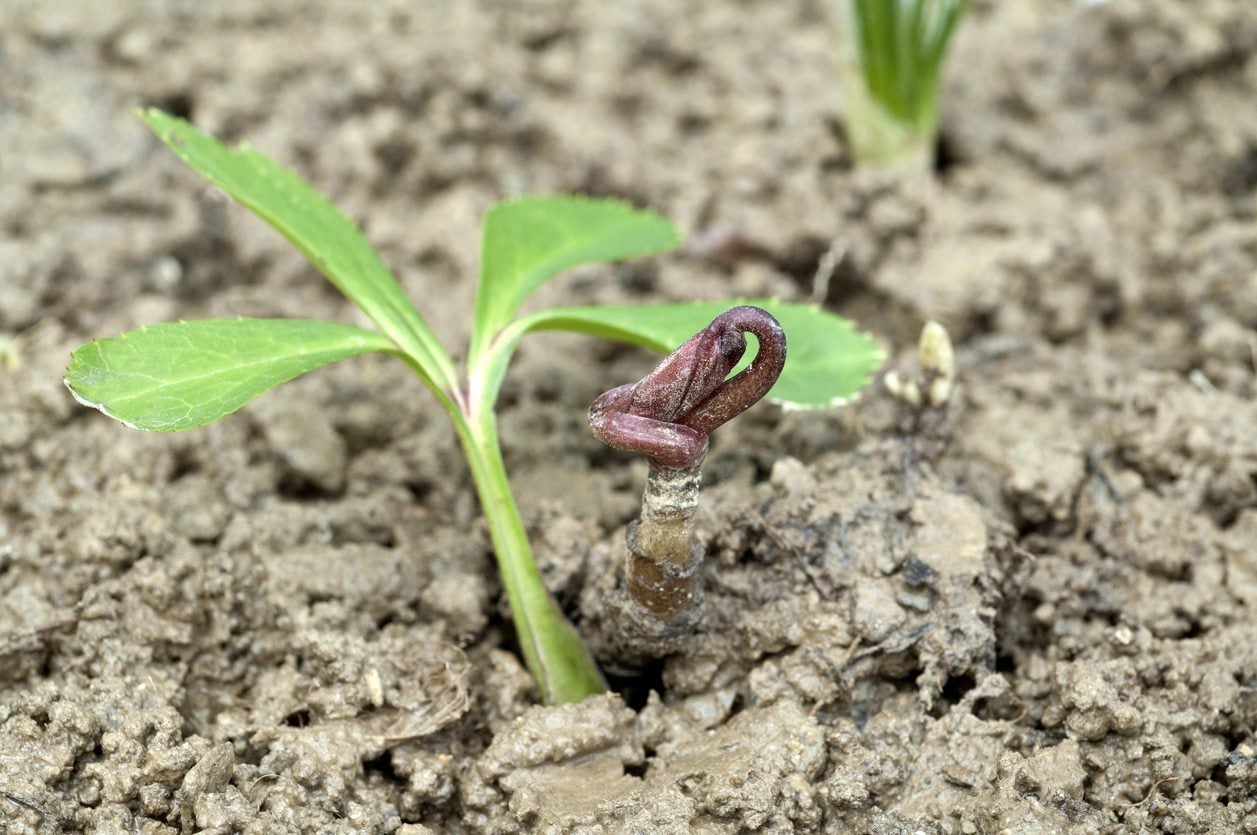Hellebore Plant Propagation: Methods For Propagating A Hellebore Plant


Hellebores or Lenten rose can often be seen blooming even when snow is still present. These attractive, easy-to-grow plants are propagated by division or seed. Seeds may not be true to the parent and can take two to four years to flower, but an interesting flower may result and seed propagation is much less expensive than purchasing more plants. Learn how to propagate hellebores and which method might be best for you.
How to Propagate Hellebores
One of the outstanding late winter to early spring blooming plants is the hellebore. With their persistent deeply cut leaves and softly hued blooms, hellebores are perfect for shady to partially shady locations with plentiful moisture. Their bell-shaped blooms last for a month or more and add gentle elegance to the plant. Hellebore propagation methods vary dependent upon species.
The stinking hellebores are best propagated with seed while oriental hybrids are usually divided to ensure new plants are true to the parent. If you can't determine which type of plant you own, it might be best to try both hellebore propagation methods.
There are two main types of the plants: Stemless, or Acaulsecent, and stemmed, or Caulescent. The former produces leaves from the basal growth, while the latter produces leaves off of existing stems. Only stemless plants can be divided. Those would be the oriental hybrids, while the stinking hellebores (Hellebore foetidus or Hellebore argutifolius) perform best as seeded specimens. Propagating a hellebore by division is relatively easy.
Tie the leaves together in early spring and dig around and under the root zone. Use a pair of garden forks to gently separate the rhizomes. Plant each new section immediately and provide even moisture as they establish. They may need a year of recovery before the plants bloom.
Propagating a Hellebore with Seed
Hellebore plant propagation through seed results in blooming plants many years later than division but is most suitable for stemmed varieties. In fact, many of these are nurse plants, and if you part the leaves, you can find wild babies growing under the large foliage. This gives us a clue to the type of environment seedlings require. Soil must be rich in organic matter, evenly moist but not boggy, and seeds need little light to germinate. Early spring is the best time to sow seed.
If you already have seedlings, transplant them in early spring into pots or directly into a semi-shady prepared garden bed. These seedlings may be variable as to the type of flower they produce, but it is an adventure many gardeners are willing to take. Whether you choose hellebore plant propagation through seed or division, new plants need a little extra care for their first year outdoors.
Sign up for the Gardening Know How newsletter today and receive a free copy of our e-book "How to Grow Delicious Tomatoes".
Young seedlings should not go outdoors until all danger of frost has passed, but keep them in a cool location such as an unheated garage or greenhouse. Keep plants evenly moist but avoid boggy soil. Plants should not be placed in full sun, which will retard growth and damage leaves.
Divided plants are a bit hardier and can go straight into garden soil in early spring when they are separated. Feed plants the second year with a good time release granular fertilizer in spring. Remove old leaves as they occur. After the first year outdoors, hellebores are self-sustaining except during dry periods where they will require supplemental moisture.

Bonnie Grant is a professional landscaper with a Certification in Urban Gardening. She has been gardening and writing for 15 years. A former professional chef, she has a passion for edible landscaping.